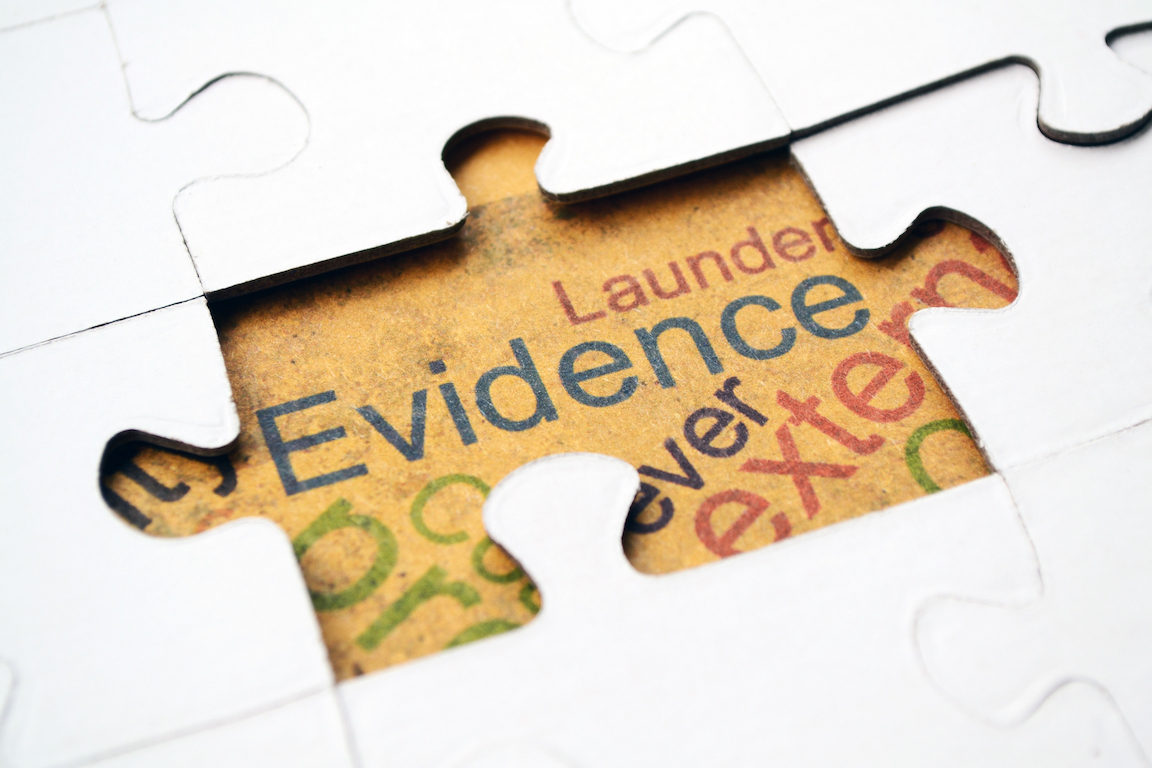 What do journalists mean by “truth”? How does journalistic truth differ from philosophical truth, or scientific truth? What standards do journalists use to try to verify information? This class explores the pursuit of journalistic “truth” and the verification process. What makes some news sources reliable and others unreliable? What are the differences between direct and indirect evidence, assertion and verification, evidence and inference? How news consumers can assess journalistic evidence and why the verification process breaks down. A look at news coverage of Hurricane Katrina and how it relates to themes in the lecture.
What do journalists mean by “truth”? How does journalistic truth differ from philosophical truth, or scientific truth? What standards do journalists use to try to verify information? This class explores the pursuit of journalistic “truth” and the verification process. What makes some news sources reliable and others unreliable? What are the differences between direct and indirect evidence, assertion and verification, evidence and inference? How news consumers can assess journalistic evidence and why the verification process breaks down. A look at news coverage of Hurricane Katrina and how it relates to themes in the lecture.
Key Concepts Include:
-
What is truth? Philosophers and scientists have different definitions. Journalists, like scientists, seek a pragmatic truth based on the best available information at that moment.
- How journalists use a form of peer review to buttress their pursuit of the truth
- Journalistic truth is provisional. News consumers need to look at developments in the context of what is and isn't known and follow the story to get the full picture.
- Verification is an ongoing process, not a one-time action. It establishes or confirms the accuracy of something.
- Context and transparency are key concepts in the journey from fact to truth. The most valuable news stories put information in perspective and are honest about how the reporters know what they know — and what they don’t know and why.
- What are others saying? Truth is more likely to emerge when you look at a story from different perspectives. Are all relevant perspectives represented? Are other news outlets coming up with similar findings?
- What's the evidence? No matter how forcefully they are delivered, statements by people quoted in news stories must be considered assertions until they are verified, ideally with direct evidence. Ask: What do I know, and how do I know it?
- How close did the journalist come to direct observation? Did she “open the freezer?”
Objectives of this Lesson:
- Identify the parallels between journalistic truth and scientific truth.
- Describe, using examples, the concept of provisional truth.
- Explain the journalistic process of verification and how it can fail
- Define and apply the concept of context to a news story
- Define and apply the concept of transparency to a news story
- Explain the concept of “Opening the Freezer”
Lesson Vocabulary:
- Truthiness
- Journalistic Truth
- Scientific Truth
- Peer Review
- Provisional truth
- Context
- Transparency
- Corroboration
- Direct Evidence
- Indirect Evidence
- Expert Reconstruction
- Curation
- Hearsay
- Inference
- Correlation and Causation
